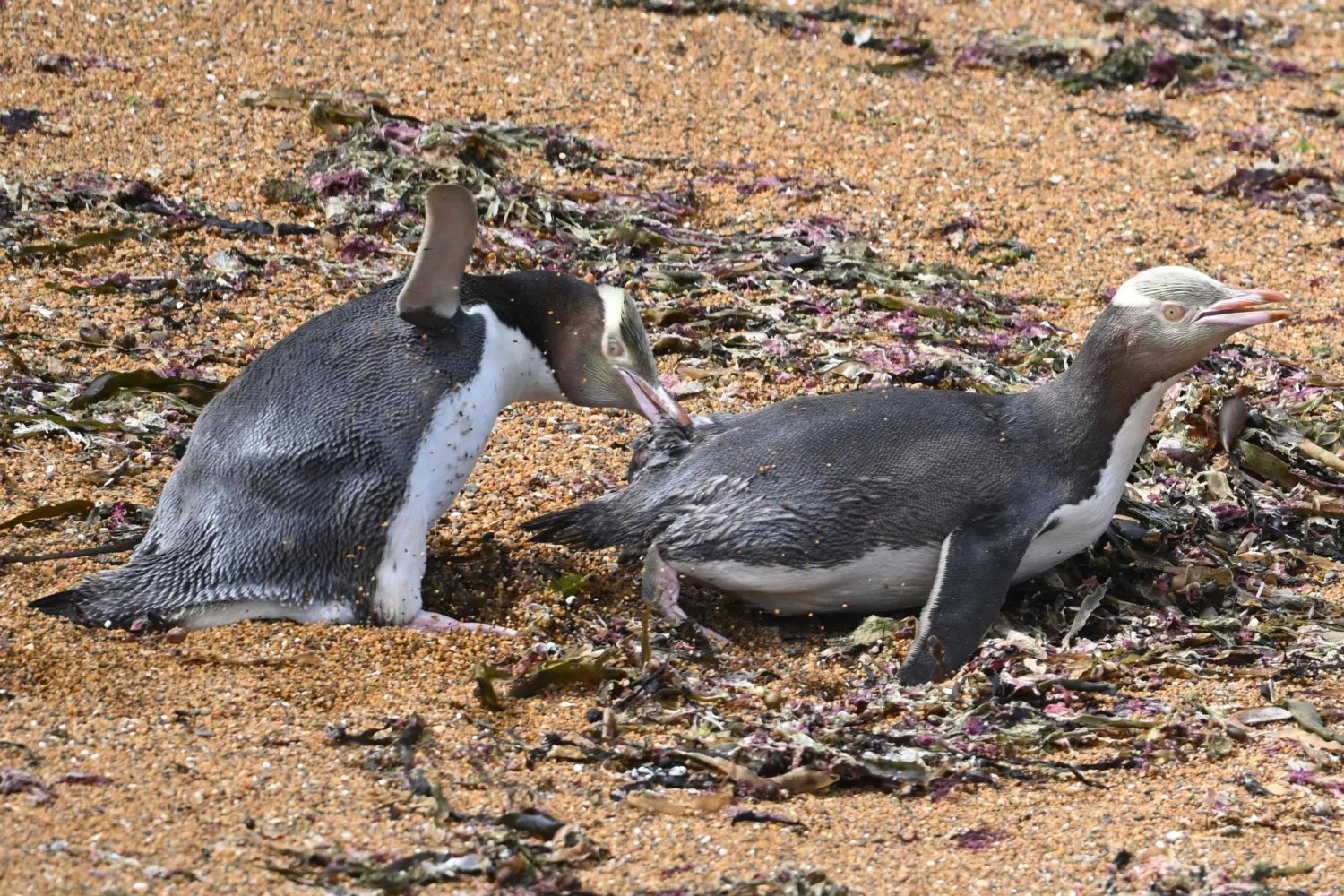“Sudanese Pictorial Photography” is one of many projects aimed at reviving buildings that reflect the old face of Sudan and documenting old, historic and abandoned buildings, and reintroducing them to the new generation.
“The initiative is fueled by our love for Sudan. The name was selected to reflect the targeted aim of the initiative, which is highlighting the country’s hidden gems and unknown beauties,” said Engineer Rim Hussein, the brain behind the idea.
Hussein believes that “these buildings have been subject to a silent abandonment, and are almost fading because of the popular and official neglect. So, we had to act and shed light on the history and heritage that a cracked wall in a building or an old banner could hide to keep them remain alive in people’s memory.”
About the work plan, Hussein said she photographs old buildings according to a certain vision that aims at connecting people to these buildings.
“The anecdotes my mother and father used to tell us about their youth, college days, where they worked, and the connection of places with Sudan’s social and political reality, drove a constant attention to details in me, and gave me an active, spatial memory,” she added.
“With time, I noticed the changing feature of our beloved country. Secret keepers, unfortunately, die or leave, so I had the idea of posing in photographs with these old building as background,” Hussein said in describing the beginning of her idea.
“My main motivation was feeling that these buildings or houses aren’t just deaf stones, but living objects that carry the philosophy of life and its aspects in past times and communities.”
She said her entire process started with documenting the post building in Khartoum. “I searched for a long time, and took information from my mom who was an employee at the post authority. The building is made from sandstone and inspired by the past century’s Victorian architecture.”
“Later, we documented some buildings in the Republic Street, in the center of Khartoum, including the Sahara Hotel, the Acropol, and Sudan Club,” she revealed, adding that the search for the last building took over two years to collect information, accessories and garments, assemble the photography team, and acquire permits.
The photography documentation wasn’t limited to old buildings and hotels, but also included some stores that were famous in the 1970s.
About her vision for the future, Hussein said: “I hope this experience would prompt a drive to turn these places and buildings into touristic landmarks given their spatial significance and historic dimensions.”









